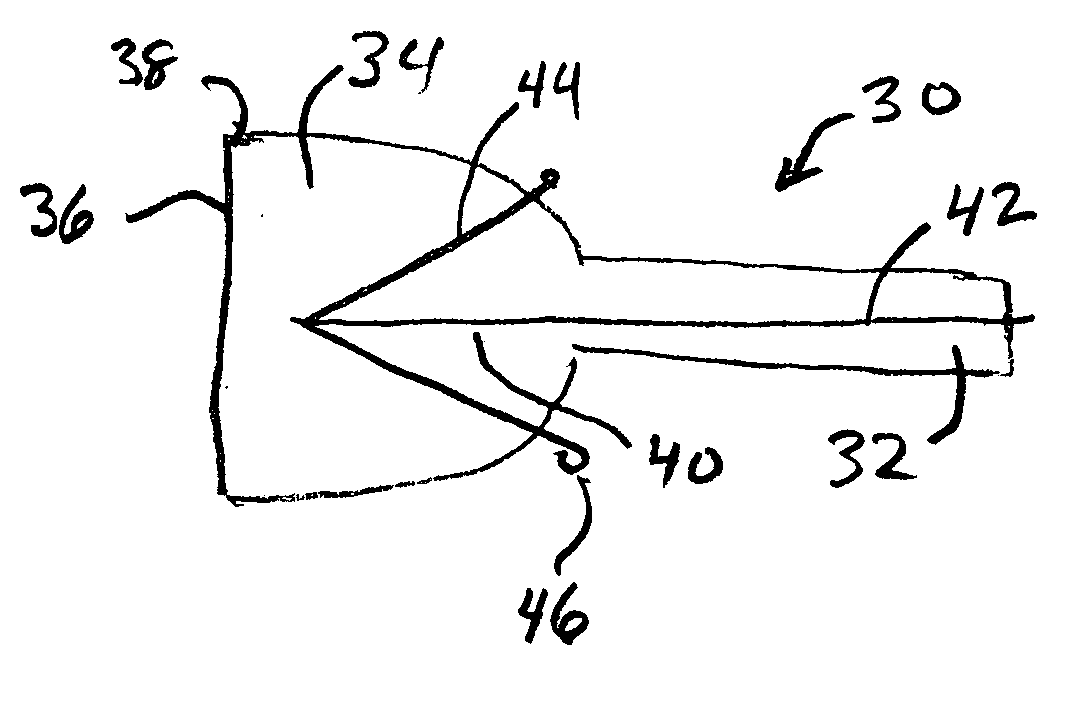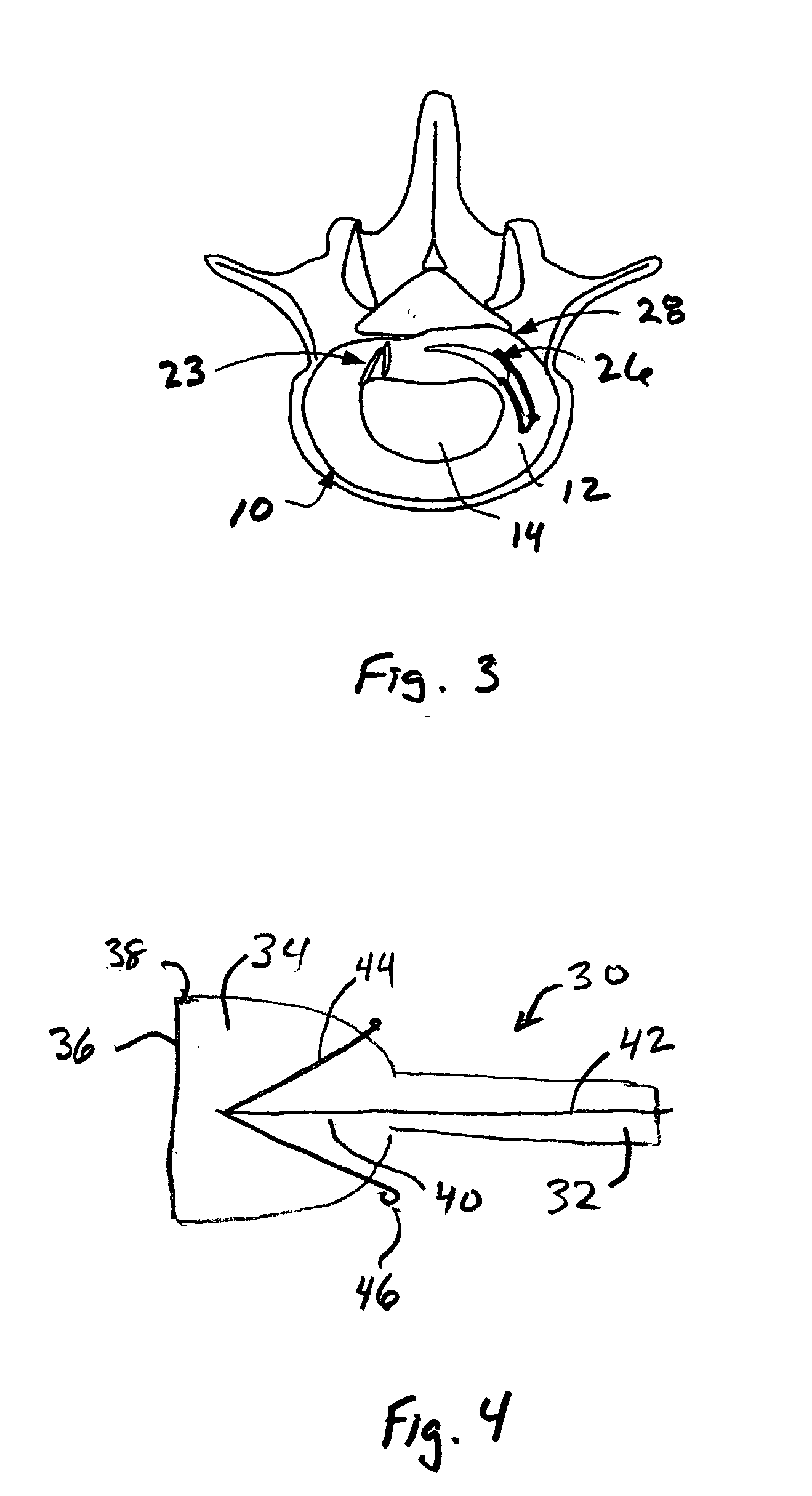Repair of spinal annular defects and annulo-nucleoplasty regeneration
- Summary
- Abstract
- Description
- Claims
- Application Information
AI Technical Summary
Benefits of technology
Problems solved by technology
Method used
Image
Examples
example 1
Fabrication of a Crosslinked Reticulated Polyurethane Matrix
[0123] Aromatic isocyanates, RUBINATE 9258 (from Huntsman; comprising a mixture of 4,4′-MDI and 2,4′-MDI), were used as the isocyanate component. RUBINATE 9258 contains about 68% by weight 4,4′-MDI, about 32% by weight 2,4′-MDI and has an isocyanate functionality of about 2.33 and is a liquid at at 25° C. A polyol—1,6-hexamethylene carbonate (PC 1733, Stahl Chemicals) i.e., a diol, with a molecular weight of about 1,000 Daltons, was used as the polyol component and is a solid at 25° C. Glycerol was the chain extender, and water was used as the blowing agent. The blowing catalyst were tertiary amine 33% triethylenediamine in dipropylene glycol (DABCO 33LV supplied by Air Products) and Niax-A1 (supplied by Air Products). A silicone-based surfactant was used (TEGOSTAB® BF 2370, supplied by Goldschmidt). The cell-opener was ORTEGOL® 501 (supplied by Goldschmidt). A viscosity depressant (Propylene carbonate supplied by Sigma-Al...
example 2
Fabrication of a Crosslinked Reticulated Polyurethane Matrix
[0132] Aromatic isocyanates, RUBINATE 9258 (from Huntsman; comprising a mixture of 4,4′-MDI and 2,4′-MDI), were used as the isocyanate component. RUBINATE 9258 contains about 68% by weight 4,4′-MDI, about 32% by weight 2,4′-MDI and has an isocyanate functionality of about 2.33 and is a liquid at at 25° C. A polyol—1,6-hexamethylene carbonate (Desmophen LS 2391, Bayer Polymers), i.e., a diol, with a molecular weight of about 2,000 Daltons, was used as the polyol component and is a solid at 25° C. Water was used as the blowing agent. The blowing catalyst was the tertiary amine 33% triethylenediamine in dipropylene glycol (DABCO 33LV supplied by Air Products). A silicone-based surfactant was used (TEGOSTAB® BF 2370, supplied by Goldschmidt). The cell-opener was ORTEGOL® 501 (supplied by Goldschmidt). A viscosity depressant (Propylene carbonate supplied by Sigma-Aldrich) was also used. The proportions of the components that we...
PUM
| Property | Measurement | Unit |
|---|---|---|
| Temperature | aaaaa | aaaaa |
| Fraction | aaaaa | aaaaa |
| Fraction | aaaaa | aaaaa |
Abstract
Description
Claims
Application Information
 Login to View More
Login to View More - R&D
- Intellectual Property
- Life Sciences
- Materials
- Tech Scout
- Unparalleled Data Quality
- Higher Quality Content
- 60% Fewer Hallucinations
Browse by: Latest US Patents, China's latest patents, Technical Efficacy Thesaurus, Application Domain, Technology Topic, Popular Technical Reports.
© 2025 PatSnap. All rights reserved.Legal|Privacy policy|Modern Slavery Act Transparency Statement|Sitemap|About US| Contact US: help@patsnap.com



